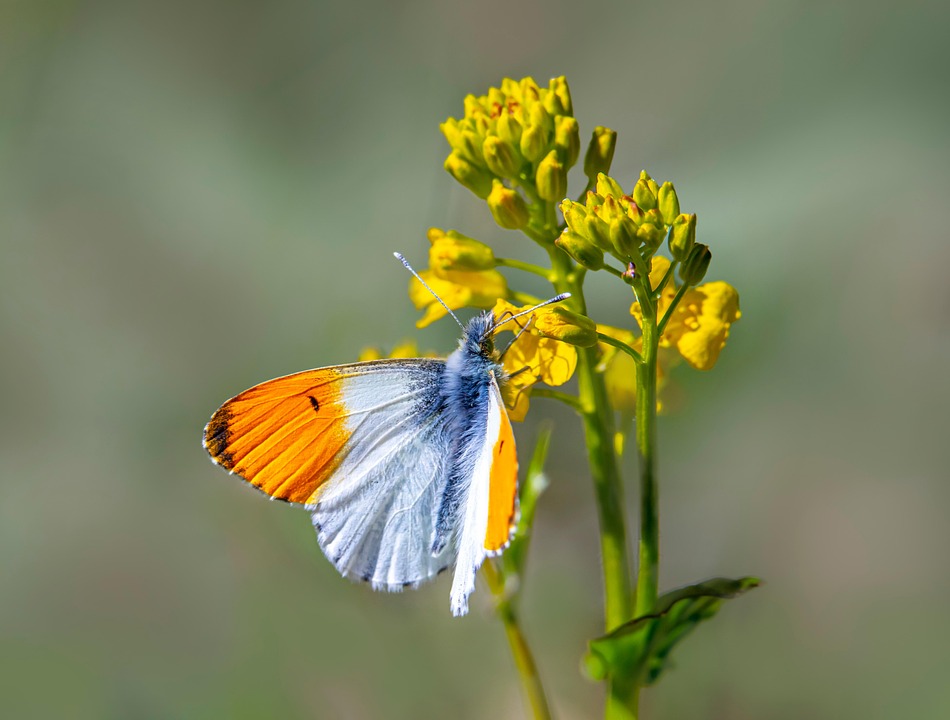Green Thumb Guide: Mastering the Art of Indoor Plant Care
Indoor plants not only add a touch of nature to your living space but also improve air quality and overall well-being. However, caring for indoor plants can be a daunting task for beginners. With the right knowledge and techniques, anyone can develop a green thumb and keep their indoor plants thriving. In this comprehensive guide, we will explore the essentials of indoor plant care and provide you with tips and tricks to help you become a master at nurturing your indoor garden.
Choosing the Right Plants
Before diving into the world of indoor plant care, it is important to choose the right plants that are well-suited for your living space. Consider factors such as light levels, humidity, and temperature when selecting indoor plants. Some popular indoor plants that are easy to care for include pothos, snake plants, and peace lilies. These plants are known for their resilience and adaptability to indoor environments.
Lighting Requirements
Light is essential for the growth and development of indoor plants. Most indoor plants require bright, indirect sunlight to thrive. Place your plants near a window where they can receive adequate sunlight throughout the day. If your living space lacks natural light, consider investing in grow lights to provide artificial light for your plants.
Watering and Humidity
Watering is crucial for the health of your indoor plants. Overwatering or underwatering can lead to root rot or dehydration, respectively. Check the moisture level of the soil regularly and water your plants when the top inch of soil feels dry to the touch. Additionally, many indoor plants thrive in humid environments. To increase humidity levels, mist your plants regularly or place a humidifier nearby.
Soil and Fertilizer
Choosing the right soil and fertilizer is essential for the growth of your indoor plants. Use a well-draining potting mix that is rich in organic matter to promote healthy root development. Fertilize your plants regularly with a balanced fertilizer to provide essential nutrients for growth. Avoid over-fertilizing, as this can lead to nutrient burn and damage to your plants.
Pruning and Maintenance
Regular pruning is necessary to keep your indoor plants looking their best. Remove dead or yellowing leaves, and trim back overgrown branches to promote new growth. Additionally, inspect your plants regularly for pests and diseases. If you notice any signs of infestation, take immediate action to prevent the spread of pests to other plants.
Common Questions About Indoor Plant Care
1. How often should I water my indoor plants?
2. What are the best indoor plants for low-light conditions?
3. How can I prevent pests and diseases in my indoor plants?
4. Do indoor plants need to be repotted regularly?
Conclusion
Caring for indoor plants is a rewarding experience that can bring beauty and tranquility to your living space. By following the tips and techniques outlined in this guide, you can become a master at indoor plant care and enjoy a lush and thriving indoor garden. Remember to choose the right plants, provide adequate light and water, and maintain a regular pruning and maintenance routine to keep your indoor plants healthy and vibrant.
With a little bit of knowledge and dedication, anyone can develop a green thumb and create a beautiful indoor garden that will bring joy and relaxation to your home.





















































